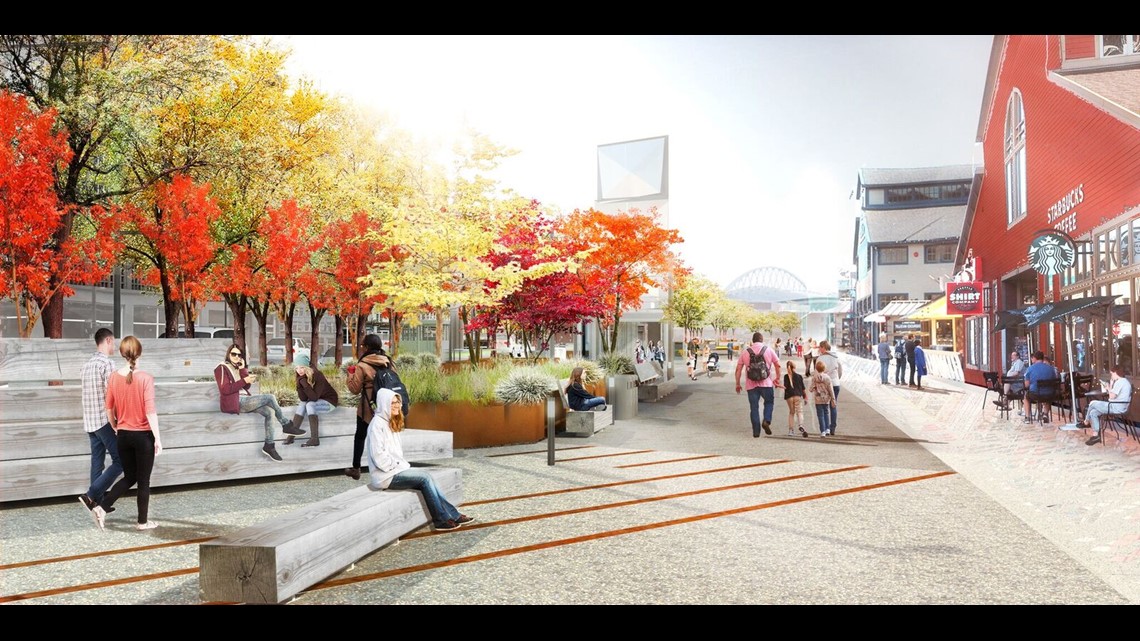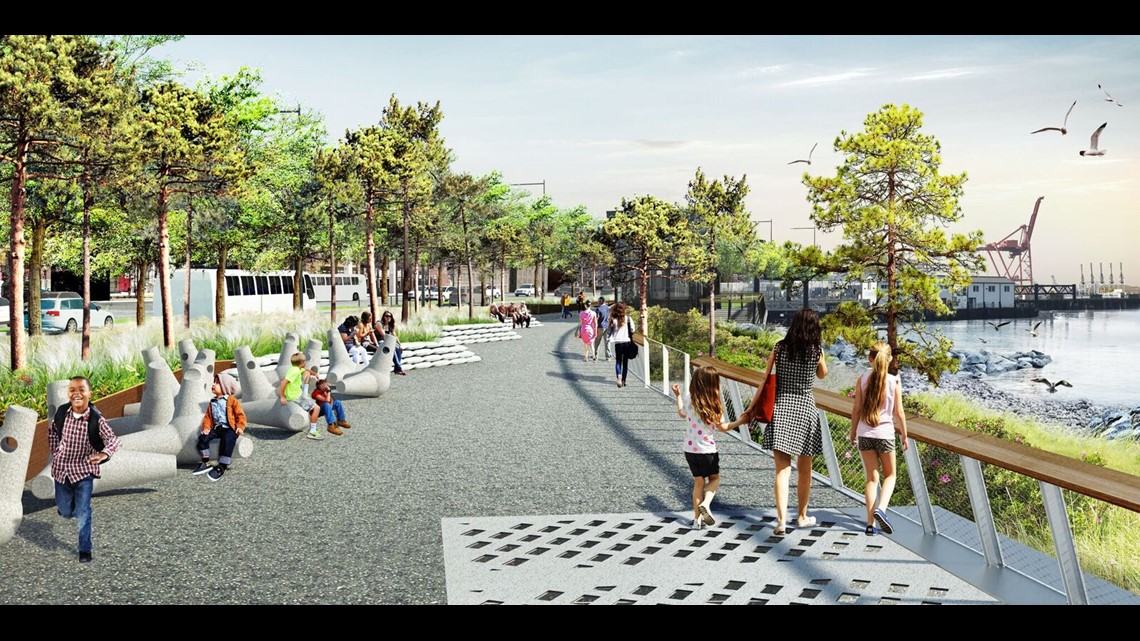In less than a month, at 10 p.m. on January 11, Seattle’s Alaskan Way Viaduct closes for good. Then in early February, the teardown of the viaduct begins, opening a new chapter in the city's history.
"We have seen other cities around the world where they have torn down those barriers. What happens? You suddenly have this blank real estate that in many cases is very desirable," says Margaret O'Mara, history professor at the University of Washington and former resident of San Francisco, a city that saw benefits to their waterfront when a similar looking freeway was torn down.


If the weather gods can shine down on Seattle for three weeks during the month of January, the tunnel which replaces the viaduct should be hooked up to the road network and open. Then the viaduct comes down for good, and should be clear of the central waterfront tourist area by June, when the main summer tourist season begins.


"When the viaduct comes down and the park opens, we'll get two to three times as many visitors as we do today," says Bob Donegan, president of the waterfront-based restaurant company Ivar's. Donegan has helped lead fellow businesses in dealing with the waterfront changes and says that projection is based on city generated numbers. That could be upward of 15 million visitors to the area, estimates Donegan.
"This will be the most attractive waterfront park in the U.S., which was the goal of the park design committee. We're as happy and excited as can be."


Complete coverage of Seattle Tunnel Effect
Do you have a comment, question, rant or rave about the Seattle tunnel or Viaduct? Join our Facebook group Seattle Tunnel Traffic

